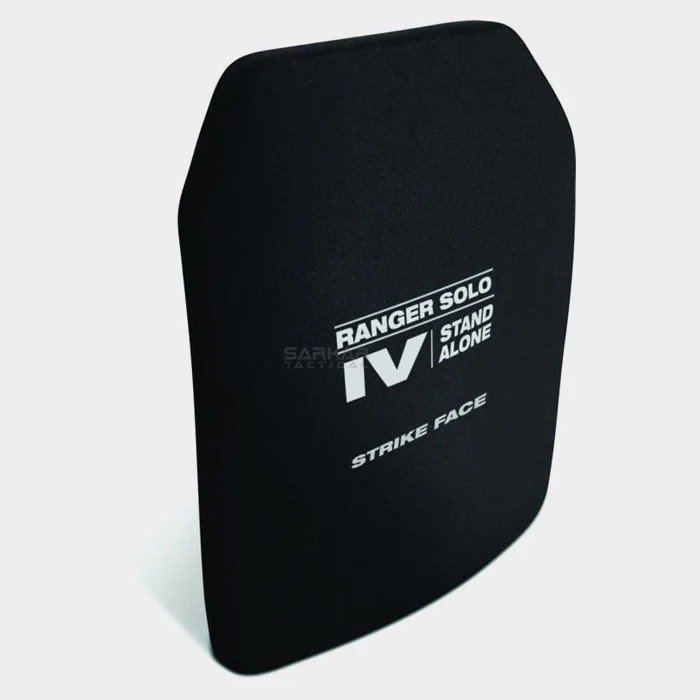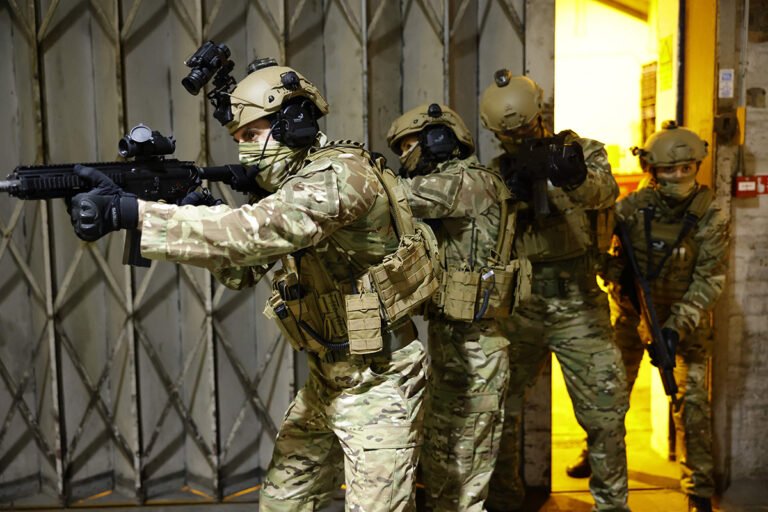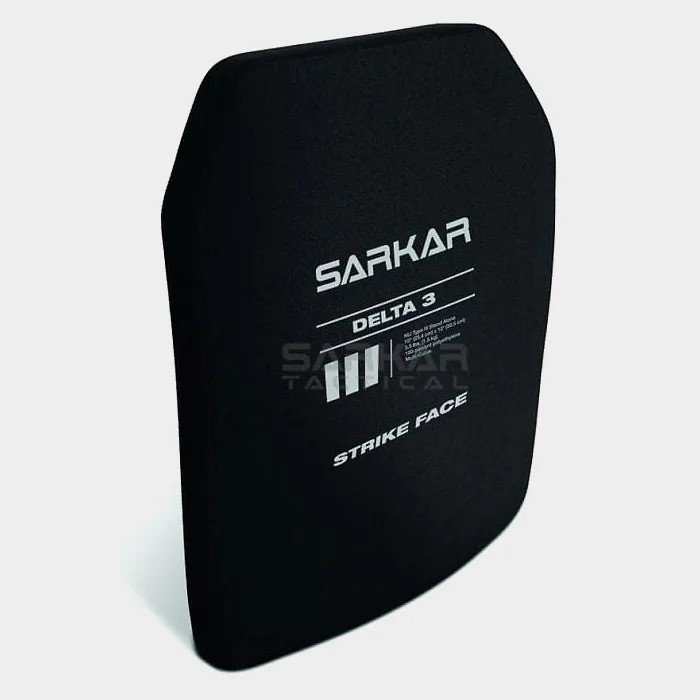When discussing personal protective gear for high-risk environments, ballistic helmets often take centre stage.
These helmets are crucial for safeguarding individuals in military, law enforcement, and security roles, providing essential head protection against various threats. But what exactly is a ballistic helmet, and how does it work? In this comprehensive guide, we’ll dive into the purpose, key features, materials, and users of ballistic helmets to offer a clear understanding of this vital equipment.
What Is a Ballistic Helmet?
A ballistic helmet is a type of protective headgear designed to shield the wearer from ballistic threats, such as bullets, shrapnel, and blunt force impacts.
Unlike traditional helmets, ballistic helmets are crafted using advanced materials that combine durability with lightweight properties, ensuring optimal protection without compromising comfort or mobility.
The Purpose of a Ballistic Helmet
The primary purpose of a ballistic helmet is helmet protection—guarding the head from injuries caused by projectiles, debris, or physical blows. These helmets are widely used in:
– Military Operations: Protecting soldiers from enemy fire and explosion fragments.
– Law Enforcement: Safeguarding officers during high-risk situations, such as raids or riots.
– Civilian Use: Increasingly, journalists and security personnel in conflict zones are utilising these helmets for personal safety.
Key Features of a Ballistic Helmet
Modern ballistic helmets come equipped with several advanced features to meet the demands of high-stakes scenarios:
- Enhanced Protection
Ballistic helmets provide protection against a range of threats, including small-calibre bullets and shrapnel. Many meet or exceed standards set by the National Institute of Justice (NIJ).
- Lightweight Design
Materials like Kevlar and ultra-high-molecular-weight polyethylene (UHMWPE) reduce weight while maintaining durability, ensuring comfort during prolonged use.
- Customisable Fit
Adjustable straps, padding systems, and sizing options make ballistic helmets suitable for a variety of head shapes and sizes, ensuring a secure fit.
- Accessory Mounts
Many helmets feature integrated rails and mounting points for accessories like night vision goggles, cameras, or communication devices, enhancing versatility.
- Ventilation and Comfort
Advanced designs incorporate breathable materials and ergonomic padding for maximum comfort during extended wear.
Ballistic Helmet Materials
The effectiveness of a ballistic helmet heavily depends on its construction materials. Some of the most commonly used materials include:
- Kevlar
Kevlar, a type of aramid fibre, is renowned for its high tensile strength and durability. It offers excellent protection against projectiles while remaining lightweight.
- Ultra-High-Molecular-Weight Polyethylene (UHMWPE)
This material is incredibly light and strong, providing enhanced protection against bullets and fragments.
- Composite Materials
Many modern helmets utilise a combination of materials, such as carbon fibre reinforced with Kevlar, to achieve optimal strength and flexibility.
- Metal Inserts
Some helmets feature metal components for added protection in specific areas, although this can increase weight.
Different Types of Ballistic Helmets
Ballistic helmets come in various styles to suit different operational needs:
- PASGT Helmets
The Personnel Armour System for Ground Troops (PASGT) helmet was a standard issue for military personnel for decades, known for its durability and reliability.
- ACH Helmets
The Advanced Combat Helmet (ACH) improved on the PASGT design, offering better comfort and reduced weight.
- High-Cut Helmets
High-cut helmets are designed to accommodate communication headsets and other accessories, often used by special forces.
- Hybrid Helmets
Combining features from various designs, hybrid helmets offer versatile protection and functionality for modern warfare and tactical scenarios.
Who Uses Ballistic Helmets?
- Military Personnel
Ballistic helmets are a staple for soldiers, offering protection during combat operations and peacekeeping missions.
- Law Enforcement
Police forces use ballistic helmets in tactical operations, such as SWAT missions and crowd control scenarios.
- Journalists
Reporters in conflict zones rely on ballistic helmets for safety while documenting events in dangerous environments.
- Private Security
Security professionals often use ballistic helmets to ensure their safety during high-risk assignments.
- Civilians
In regions with civil unrest or personal security concerns, some civilians invest in ballistic helmets for added protection.
Why Are Ballistic Helmets So Important?
Ballistic helmets provide peace of mind by significantly reducing the risk of head injuries in hazardous conditions. Their lightweight design ensures that wearers remain agile and responsive, critical for survival in life-threatening situations.
How to Choose the Right Ballistic Helmet
When selecting a ballistic helmet, consider the following factors:
- Level of Protection
Choose a helmet that meets your operational needs, such as NIJ Level IIIA protection for defence against handgun rounds.
- Weight
Ensure the helmet is lightweight enough for prolonged use without causing fatigue.
- Compatibility
Check for accessory compatibility, especially if you require mounts for night vision or communication equipment.
- Fit and Comfort
A secure, comfortable fit is crucial for effective protection. Look for helmets with adjustable padding and straps.
The Evolution of Ballistic Helmets
Ballistic helmets have come a long way from their origins as simple steel pots. Modern designs incorporate cutting-edge technology to provide unparalleled protection and functionality. As threats evolve, so too do the innovations in helmet design, ensuring that wearers are equipped to handle even the most challenging situations.
Maintaining Your Ballistic Helmet
Proper maintenance is essential to ensure the longevity and effectiveness of your helmet:
– Regular Inspections: Check for cracks, dents, or other signs of damage.
– Clean Properly: Use mild soap and water to clean the exterior without damaging the materials.
– Store Safely: Keep the helmet in a cool, dry place away from direct sunlight.
A ballistic helmet is more than just protective headgear; it’s a critical tool for safety in high-stakes environments. From military-grade helmets to lightweight designs for journalists and private security, these helmets offer tailored solutions to diverse threats.
Whether you’re a soldier on the front lines, a police officer on a mission, or a civilian seeking personal safety, understanding the features and benefits of a ballistic helmet is essential.
Ready to Explore Ballistic Protection?
Learn more about advanced protective gear by visiting https://sarkartactical.com, where innovation meets safety.









